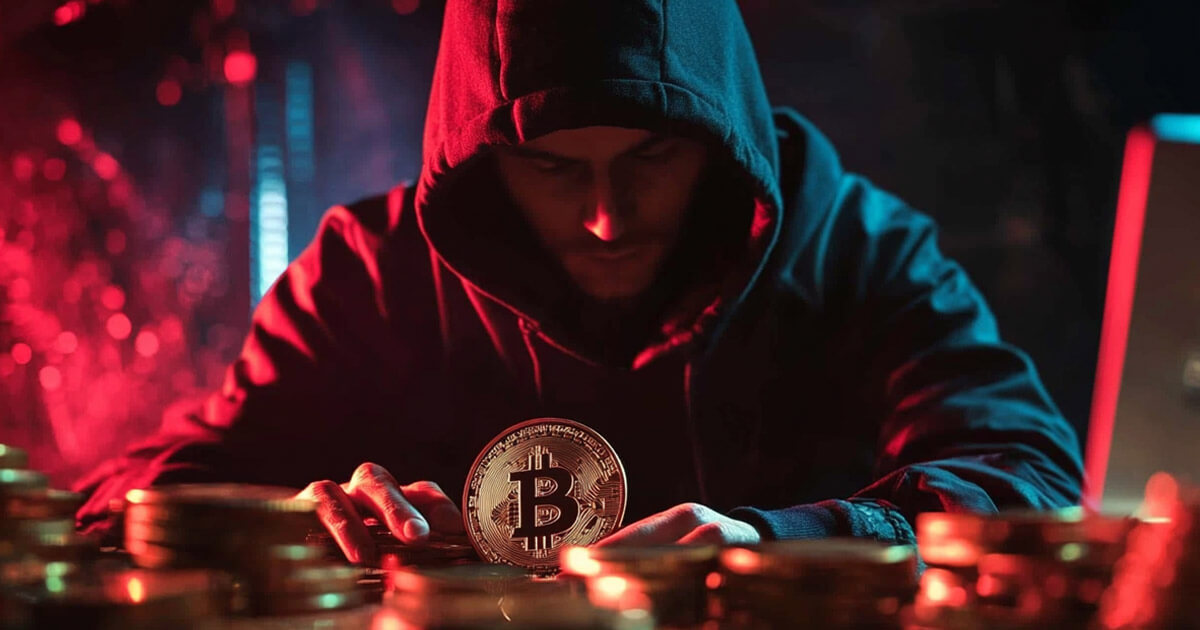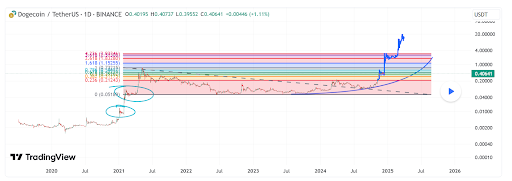Scammers are constantly on the lookout for new ways to get hold of your crypto investment, and the huge expansion of cryptocurrencies in recent years has offered numerous opportunities for fraud.
As reported by blockchain data company Chainalysis, scammers stole $14 billion in cryptocurrency in 2021, setting a new record.
However, these scammers usually target new users who are inexperienced with the business and see the crypto market as an easy way to make money.
Be aware of the following scenarios if you’re new to the crypto sector or any type of investing.
Unknown individuals on the internet or self-proclaimed Binance workers who message you with unsolicited investing advice or propositions to “double your money” are almost certainly scammers.
Furthermore, Binance personnel will never engage you on social media to discuss investing, give you money, or offer you a special service.
The imposter scam and ways to avoid it
Recognize realistic profits
If you want to assess the credibility of an “investment expert,” the simplest way is to calculate the returns they provide.
Annual returns of 20%, which corresponds to a daily return of 0.0548%, are currently regarded as quite high by the investment community.
Be wary of any “investment expert” who promises returns of more than 20%. You should still be wary of anyone gives investment advice or has the potential to multiply your money.
Even someone offering a decent annual return, such as 10%, could be a scammer attempting to trick you into handing over your money.
Conduct a background check
Look for important information about the “investment program” using tools like who.is to determine when the website was established and how long it has been operational.
Scamadviser is a database that compiles and assesses websites based on their trustworthiness. Before putting your crypto into a platform, person, or institution, always conduct research.
At least, conduct a fast Google search for the website’s or project’s name. Block the contact and stop all contacts if you observe any red flags. Scammers frequently use scripts to try to persuade you of their legitimacy.
Romance scams and how to avoid them
Be wary if an online relationship quickly progresses from first contact to passionate love. This is an indication of online dating fraud.
Perform a reverse image search on their images
To see if the person is who they say they are, use picture search apps like TinEye, Google (Search by image), or Baidu (Search by image). Scammers frequently take images from genuine people’s social media profiles.
Look up their name to learn more about them
Try searching Google for the person’s entire name with terms like “scammer,” “romance scam,” or “dating fraud.” Inquire about their social media profiles.
If you can’t locate any information about them on the Internet, proceed with caution – particularly if money becomes a recurrent topic of conversation.
Ask to see their face on video
Your prospective companion could be mimicking someone else. Request a video call to verify that they are who they say they are.
If they consistently evade the matter, you should proceed with care. Scammers will tell you a number of lies to convince you that they are unable to participate in a video conversation.
Warning signs of a bogus cryptocurrency investment strategy
Recognize realistic profits
A 10-20% yearly profit is regarded as a very good return on investment by traditional metrics. Fake “investment schemes” may try to lure you in with promises of 1% daily profit.
This corresponds to a 1230% yearly profit, an extremely implausible figure. As has already been said, even if a project or program advertises a more realistic return, you should exercise caution.
Look up the wallet addresses
To examine the information on withdrawal addresses, use a block explorer such as Bitquery. Examine the balances of the addresses at various periods, as well as when the addresses were formed, how frequently withdrawals are made, and where the money is going.
These technologies, albeit more complicated, are vital for any crypto user to comprehend. Try them out the next time you come across a mysterious wallet address.
This post appeared first on Binance Blog.
Don’t miss important articles during the week. Subscribe to blockbuild weekly digest for updates.
Credit: Source link















































